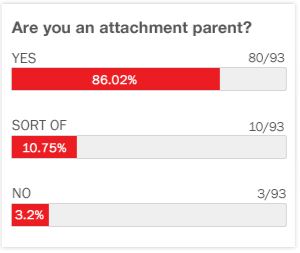The National Children's Study and environmental health policy
Leonardo Trasande, MD, Associate Professor at the NYU School of Medicine, explains what the National Children's Study is and the benefits that is has for identifying environmental toxins that cause disease in children
Related Videos
Transcript
Expert Bio
More from Expert
Leonardo Trasande, MD, MPPAssociate Professor, NYU School of Medicine
Dr. Leo Trasande's research focuses on identifying the role of environmental exposures in childhood obesity and cardiovascular risks, and documenting the economic costs for policy makers of failing to prevent diseases of environmental origin in children proactively. Dr. Trasande is perhaps best known for a 2012 Journal of the American Medical Association study associating Bisphenol A exposure in children and adolescents with obesity, and a 2011 study in Health Affairs which found that children's exposures to chemicals in the environment cost $76.6 billion in 2008. His analysis of the economic costs of mercury pollution played a critical role in preventing the Clear Skies Act (which would have relaxed regulations on emissions from coal-fired power plants) from becoming law. He has also published a series of studies which document increases in hospitalizations associated with childhood obesity and increases in medical expenditures associated with being obese or overweight in childhood.
These studies have been cited in the Presidential Task Force Report in Childhood Obesity, and another landmark study identified that a $2 billion annual investment in prevention would be cost-effective even if it produced small reductions in the number of children who were obese and overweight. He serves on the Executive Committee of the Council for Environmental Health of the American Academy of Pediatrics, and on the Scientific and Technical Advisory Committee for the World Trade Center Health Program. He recently served on a United Nations Environment Programme Steering Committee which published a Global Outlook on Chemicals in 2013, and on the Board of Scientific Counselors for the National Center for Environmental Health at the Centers for Disease Control and Prevention.




 GET ACCESS TO ALL PREMIUM CONTENT WITH NO ADS FOR $4.99/MONTH
GET ACCESS TO ALL PREMIUM CONTENT WITH NO ADS FOR $4.99/MONTH




Login or Register to view and post comments